Every week we get Down & Dirty, in which Nozlee Samadzadeh breaks down our favorite seasonal fruits, vegetables, and more by the numbers.
Radishes -- peppery, perky, and dependable -- are easy to take for granted. They're among the first green vegetables to appear in the spring and one of the last to disappear come winter, so it's easy to pass them up in favor of other more glamorous brassicas, to say nothing of lettuces and nightshades.
But the price of a bunch of bright pink pick-me-ups is just a buck or two, so why not toss them in your market bag each week? Edible from root to stem, radishes are great both raw and cooked. They're especially perfect for home gardeners -- the summer sun matures radishes in just under a month, which means that if you plant a rotation every week or two you'll be in radishes until fall.
Whether you're a radish person or a chocolate person, for today's Down & Dirty we're thinking pink.
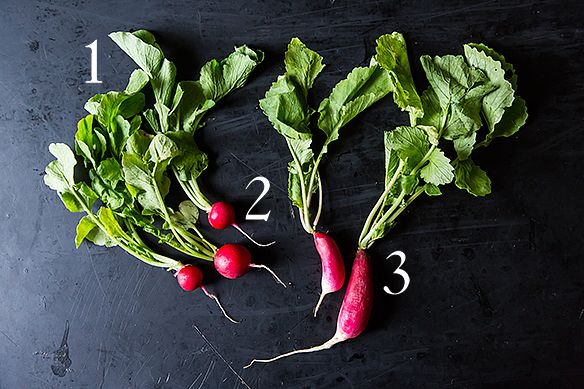
1. Eat Your Greens: Young radish leaves are a sharp addition to any summer salad; if your leaves are on the larger side, saute them as you would any mustard green to cook away their slight prickliness. (Like beet leaves, they do gather a lot of dirt, so rinse them well.)
And a bonus -- if you have radishes in your garden, leave them in the ground until they go to seed. Radish seed pods are a beautiful and spicy way to liven up salads and stir fries. They also pop up at farmers' markets in late summer, so keep an eye out!
2. Pink, Round, Adorable: The majority of radishes found in stores are spherical, red-pink, and between 1 and 3 inches in diameter. There are many varieties, but together they're referred to as either "European" or just "summer" radishes. (Want some color variation? Look for seed packets of Easter Egg radishes, which are actually just a mix of red, pink, purple, and white radish seeds.) Buy these on the small side, under two inches wide; much larger and their sharp taste turns watery -- not to mention difficult to chop into salads.
3. Radishes à la française: French breakfast radishes are oblong, white-tipped, and the perfect size to dip into butter and sprinkle with salt. They get "woody" or "pithy" -- meaning watery and flavorless -- very quickly, so smaller is better for this radish type (just about two inches long and the width of your index finger).
(We didn't find any at the farmers' market on the day we went, but keep an eye out for watermelon radishes. No, they don't taste like melons, but -- spoiler alert -- they're an unpromising dull green on the outside and brilliantly pink on the inside.)
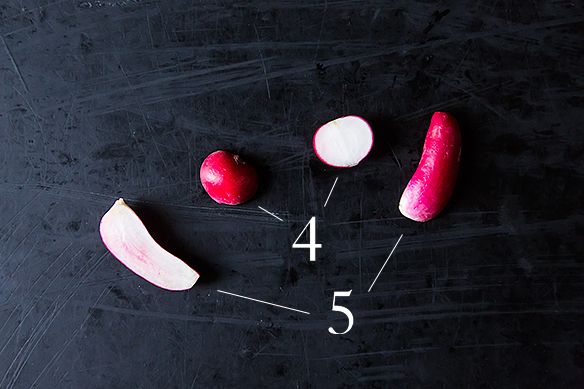
4. Slice and Dice: The root end of the radish is perfectly edible, but for appearances it's generally best to trim it away. Round radish varieties are particularly suited to be sliced into raw salads.
5. Serving Size: If you're serving crudites, consider halving larger radishes for more elegant snacking. Halving French breakfast radishes also provides a lovely surface on which to spread butter or any other dip!
Some of our favorite radish recipes are below, including the classic radish tartine on good bread. If you haven't cooked radishes before, you're in for a treat -- their sharp bite slackens into a loose sweetness and a soft but not mushy texture, a wonderfully colorful side dish when your meal is otherwise composed of brown and green.
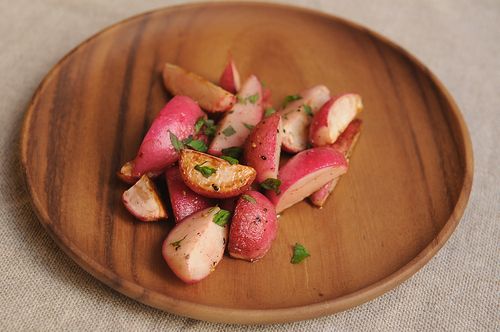
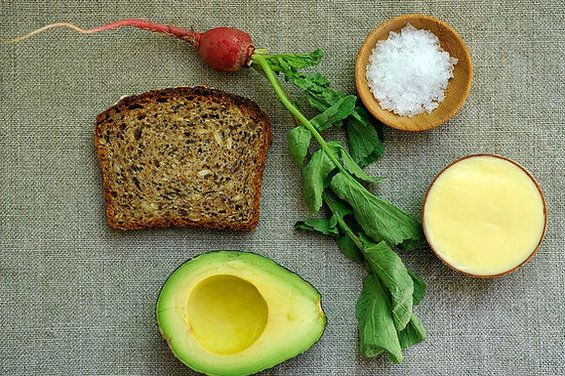
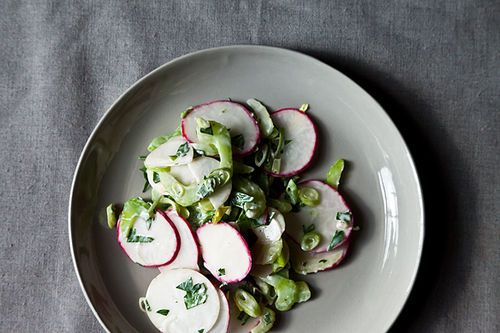






See what other Food52 readers are saying.